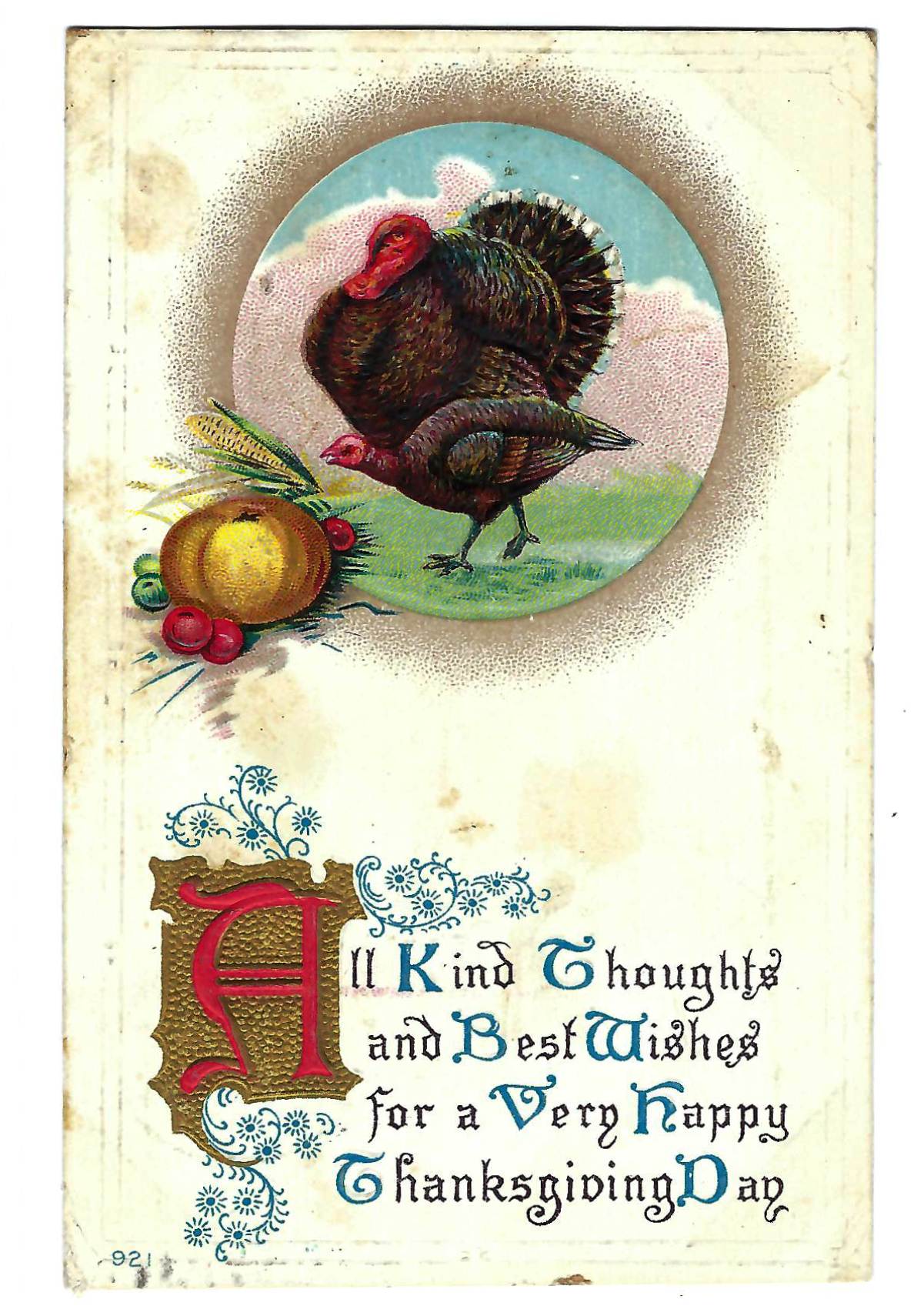
By MICHAEL BUSHNELL
Northeast News
July 4, 2012
During the American Revolution, a number of patriots made flags for our new nation. Among them were Cornelia Bridges, Elizabeth (Betsy) Ross and Rebecca Young, all of whom were from Pennsylvania, and John Shaw of Annapolis, Md.
Although Betsy Ross had made flags for 50 years and is the best known, there is no proof that she made the first Stars and Stripes. She did make flags for the Pennsylvania State Navy in 1777.
The flag popularly known as the “Betsy Ross flag,” which arranged the stars in a circle, did not appear until the early 1790s. According to the oral history, in 1777, three men – George Washington, Robert Morris and George Ross – visited Betsy Ross in her upholstery shop. Washington pulled a folded piece of paper from his inside coat pocket. On it was a sketch of a flag with 13 red and white stripes and 13 six-pointed stars. Washington asked if she could make a flag from the design, to which she responded, “I do not know, but I will try.”
This line was used in the sworn statements of many of Ross’ family members, suggesting that it is a direct quote from her. As the story goes, Ross suggested changing the stars to five points rather than six, showing the other flag-makers how to do it with just one snip of her scissors. They all agreed to change the design to have stars with five points.
On June 14, 1777, Congress adopted the Stars and Stripes as our official national flag. The moniker of “Old Glory,” however, wasn’t applied to the flag until 1831 when Capt. William Driver of Salem, Mass., was presented a flag of 24 stars for his Brigantine, the Charles Doggett. Upon setting sail to rescue the mutineers of the HMS Bounty, the Doggett crew unfurled the flag atop the main-mast, causing Driver immediately to exclaim “Old Glory!”
Driver is buried in the old Nashville City Cemetery, and his grave is one of three places where Congress has authorized the flag of the United States to fly 24 hours a day.

















